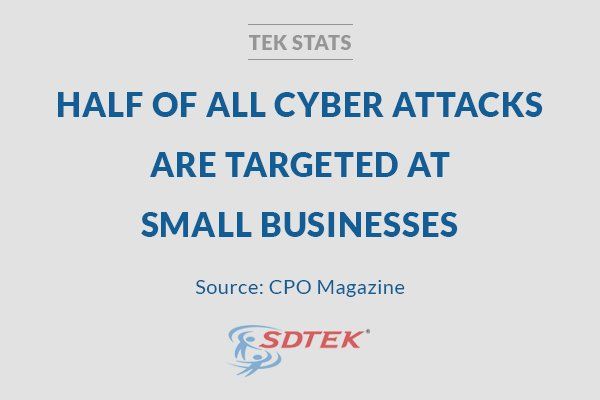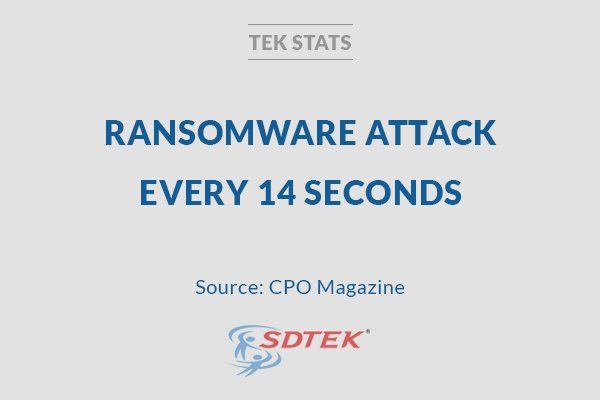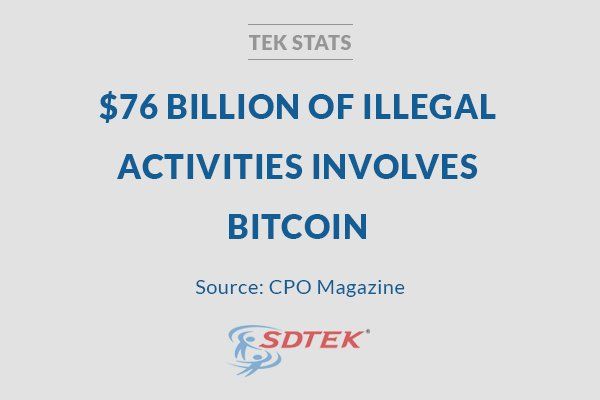Cyber Attack Stats That May Surprise You
As technology grows so does the risk of cyber attacks. Unfortunately a cyber attack is all too common, more common than some may realize. Small to large businesses must be protected at all times against malicious and deliberate attacks. It these attacks are successful they can reveal highly sensitive client or company information. If this data were to fall into the hands of a cyber attacker it could lead to the disruption of day to day company operations, loss of money, or even the destruction of a company all together. Working with a managed service provider (MSP) or an outsourced IT company is ideal for keeping your company secure. An MSP can help keep cyber attackers out of your network. If there is an attack, an MSP will make sure your data is properly backed up in case of an emergency.
Here are some quick stats from CPO Magazine about cyber security and why it is so important to focus on keeping your company safe from a cyber attack.
Half of all Cyber Attacks are Targeted at Small Businesses

CPO Magazine shares how half of all cyber attacks are targeted at small businesses and that typically a small business may think since they’re “small” they aren’t worth the attack. Nevertheless, even if you are a small business you could most definitely still be the target of an attack. And if you don’t think it’s worth it to invest in a cyber security plan – that is what a hacker is hoping you will think which makes you the ultimate target for an attack.
Ransomware Attack Every 14 Seconds

Wow… this helpful to know, “The 2019 Official Annual Cybercrime Report (ACR) predicts that businesses will fall for ransomware attacks every 14 seconds. So, by the time you raise your wrist to look at the time and lower it back, somewhere in the world a ransomware attack has already taken place.”
$76 Billion of Illegal Activities Involves Bitcoin

Bitcoins are a form of digital currency. CPO Magazine reminds us how bitcoins offer anonymity, safety and quick transfers. However, bitcoins can also be used for illegal activities and work great for cyber attackers because of the anonymity they provide.
Only 10% of Cybercrimes are Reported in the U.S Each Year

CPO Magazine shares, “The United States, often regarded as the hub of technology, has greatly undercounted the rate of reported cyber crimes. This is because they are often difficult to prove.” Cyber crimes come in all sorts of ways and it’s best to be protected from them all.
Please feel free to reach out to us to learn more about how to protect your company from a cyber attack and also how to not become a statistic. Contact us today for more information.
The post Cyber Attack Stats That May Surprise You appeared first on SDTEK | San Diego, CA.


